Rousse District
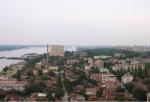
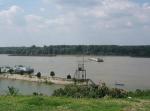
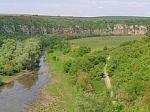
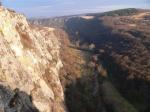
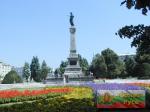

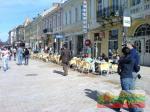

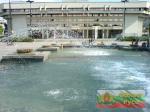
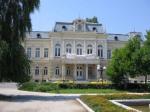
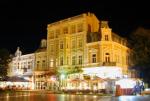
Rousse District is situated in Northeast Bulgaria, in the west part of the Danube Plain. The district occupies small hills of the Danube Plain, the Pobrezhie Plain and the Ludogorie Hills. One can admire the plains and the valleys, as well as the forests and the elevations. In administrative aspect Rousse District consists of 8 municipalities, as Rousse Municipality prevails over the others. The Rousse region borders with the districts of Veliko Tarnovo, Silistra and Targovishte. On north it borders with the Danube River and Romania, which favors the development and prosperity of the region. The Danube River is an important factor for the transport and industrial development of the whole country. A bridge has been built across the river, which connects the town of Rousse and the Romanian town Giurgevo. It is the only one connection equipment between Bulgaria and Romania. Other big rivers passing across the territory of Rousse district are “Yantra” and “Rusenski Lom”.
An administrative center of the district is the town of Rousse, set on the right bank of the Danube River, in the mouth of “Rusenski Lom” River. It stands 105 km to the north of Veliko Tarnovo, 202 km to the northwest of Varna and 320 km to the northeast of Sofia. Rousse is not only an administrative center, but an important transport and tourist place as well. In the 19th century the town became a port center of Bulgaria and the first railway, connecting Varna and Rousse, was constructed. Rousse got bigger and became one of the largest and most flourishing settlements in Bulgaria. The first insurance company, the first Bulgarian bank, the first weather service were opened there and the first Bulgarian newspaper was published in Rousse, too. As a whole the town has a European appearance and many buildings impress the tourists with their architectural style. Most attractive are the Ancient Theatre, the coffee house “Teteven”, the Musical School, the “Sevastopol” Hotel and so on. A symbol of Rousse has become the Monument of Liberty, towering in the city center. Other points of interest in the town are the fortress of “Levetabya”, the Historical Museum, the museum- houses of Baba Tonka and Zahari Stoyanov, the Art Gallery, and the "St. Trinity" church. More historical and cultural landmarks you can admire a few kilometers away from Rousse; they are mainly from the Middle Ages. Worth visiting are the cave “Orolva Chuka” (“Eagle’s Rocky peak”), the Besarbovski Rock Monastery, and the rock churches of Ivanovo. The latter are included in the UNESCO world’s heritage list. Also, there are many natural parks across the Rousse District– “Rusenski Lom”, “Prista”, “Lipnik”. Undoubtedly one cannot miss to visit the medieval town of Cherven, which was the most significant military, economic and cultural centers of Bulgaria during the 13th and 14th centuries. Out of the preserved ruins most interesting are the parts of the fortified walls, the defensive tower (used as a model for the restoration of the Baldwin Tower on Tsarevets Hill in Veliko Turnovo), the two gates, the castle, the foundations of a great number of churches, the foundations of the boyar palaces, the two unique in their kind water pumping facilities with vaulted staircases, etc. There is a regularly functioning bus transport to the village.
Moreover, attractive for the visitors and the locals is the Danube River, which provides excellent opportunities for recreation, water sports, water tourism, fishing and lots of entertainment. There are wonderful little places, like the islands of Lyulyaka and Mateya, the riverside at Stulpishte, Marten and so on. The shelters for accommodation are not few in number, there are attractive public catering establishments, sports bases, tourist chalets, beaches and all of them are accessible either by car or by public transport.
Area size of district: 2791 êâ.êì
Population of district: 230 847 people
Total Towns and Cities in Rousse province: 9
Total Villages in Rousse province: 74
Regional Center: City of Rousse